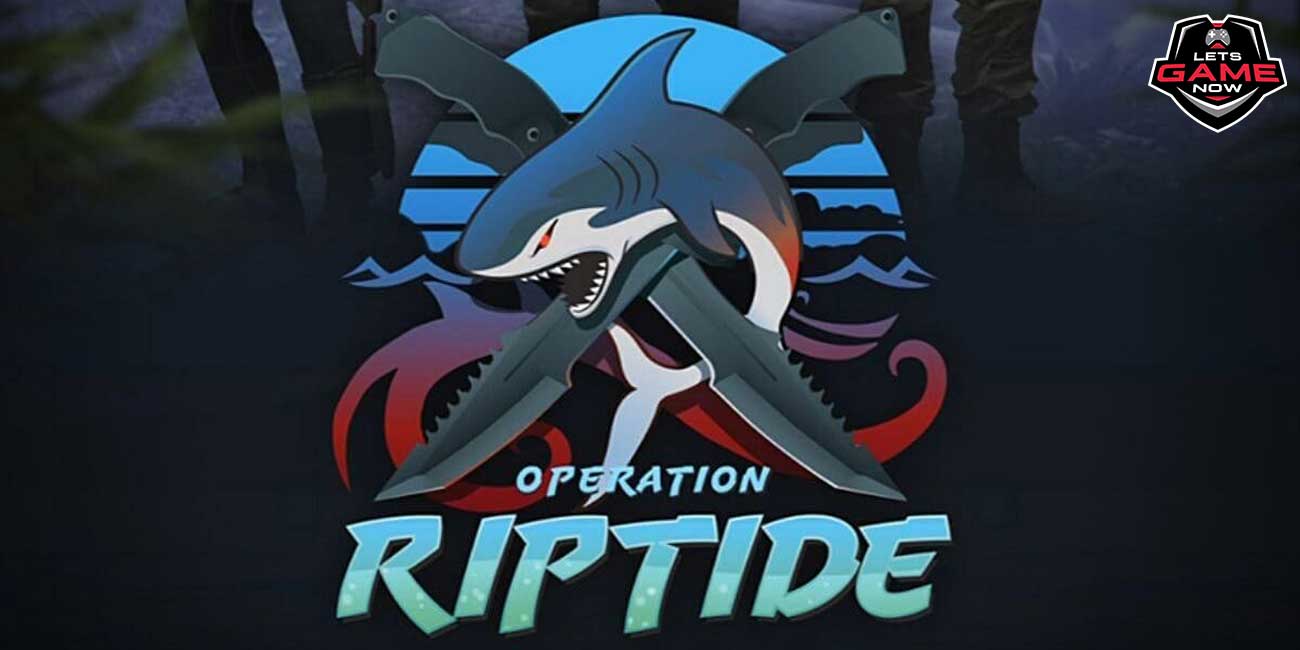


Gullu
Sep, 25.2021
Prepare yourself, CSGO fans, for some of the most significant changes the game has seen in years. Valve has included a new matchmaking mode as part of the Operation Riptide updates. The first to 16 rounds method, often known as the maximum rounds 15 method, has traditionally been used to settle games (which just means each half has a maximum of 15 rounds).
The new mode reduces the number of rounds to eight, with teams just needing to win nine to win the match. “With short matches, you'll receive a competitive 5v5 experience packed into a best of 16 round match that lasts roughly 25 minutes,” Valve explains.
Today we are excited to ship CS:GO's 11th Operation, Operation Riptide. New challenges await, with new maps, new game mode options, all-new Private Queues and more: https://t.co/w9Av3CkmrU
— CS:GO (@CSGO) September 22, 2021
Riptide, which runs until February 23, isn't the only major alteration. In "most game modes," players will be able to drop grenades on others. Team Deathmatch, free-for-all, and the basic Counter-Strike mode have all been added as new alternatives for those looking for Deathmatch games.
There are some major balancing improvements, as well as a slew of new community maps, including Basalt (seen above), County, the Italy-inspired Ravine, Extraction, and Insertion II. The Desert Eagle, a popular alternative for attackers and defenders who don't want to spend the money on a full purchase, now does somewhat less damage to body shots. (If you have the aim, it's still a headshot machine.) The body damage of the silenced M4A1 has been upgraded, which will please fans. What if the sound of Dualies on handgun rounds irritated you? The bad news is that you'll see them more now that Valve has made them a little more reasonable.
Private Queues, which allows players to use official Valve servers to create their own games, are also available for individuals who merely want to play CSGO matches with friends.
A group of friends can match up in a Premier match on Valve servers using a player-generated Queue Code. Pair up, form teams, or wait in line alone and let the matchmaker do the work.
Private queues will produce a unique code for members to use, allowing groups to easily enter into games, whether they are committed clans on Steam or broadcasters who simply want to play in-house matches with their crowd. It lacks the flexibility of a third-party server, and it currently only supports Premier matches, which are Valve's version of matching games with a pick/ban process.
Among all of this, one of the game's most iconic maps—perhaps the most iconic in the history of video games—has undergone a significant transformation:
Changes to the map — In Dust 2, the visibility of the mid from the T spawn has been blocked. Really!
On Dust 2, the mid corridor is a well-known line that has resulted in countless frag films and endless torment, with both attackers and defenders attempting to get an early kill on the opposing team. Over the last few years, however, an ever-experienced player base and the rise of ultra high-refresh rate monitors have slowly made it simpler and easier for people to obtain early kills, or massive chunks of damage, on defenders trying to cross to the B site. As observed in the tweet below, the old sightline from spawn to mid has been replaced with a full wall, at least from the attacker's perspective.
The M4A1-S now does more damage to the body and the Deagle does less. And Dualies just got cheaper. And grenades are now droppable.
— CS:GO (@CSGO) September 22, 2021
The removal of visibility is also a significant financial adjustment, as defenders no longer have to account for $300 in order to ensure that they can safely reach one side of the map. And it's not only the kit that's affected: the attacking spawn's visibility of mid is reduced. It's now much more feasible for defenders to quickly push through the double doors and into the tunnels, which lead through the B site and connect back to the middle. (Defendants could have done this in the past, but it was very riskier.)
Riot shields have returned.
It's a massive upgrade, possibly the most significant CSGO has seen in years in terms of the overall player base, the possible impact on Dust 2 in the professional scene, and what the balancing adjustments will mean for particular weaponry. The deathmatch tweaks and new maps should make the casual environment a little more enjoyable as well.